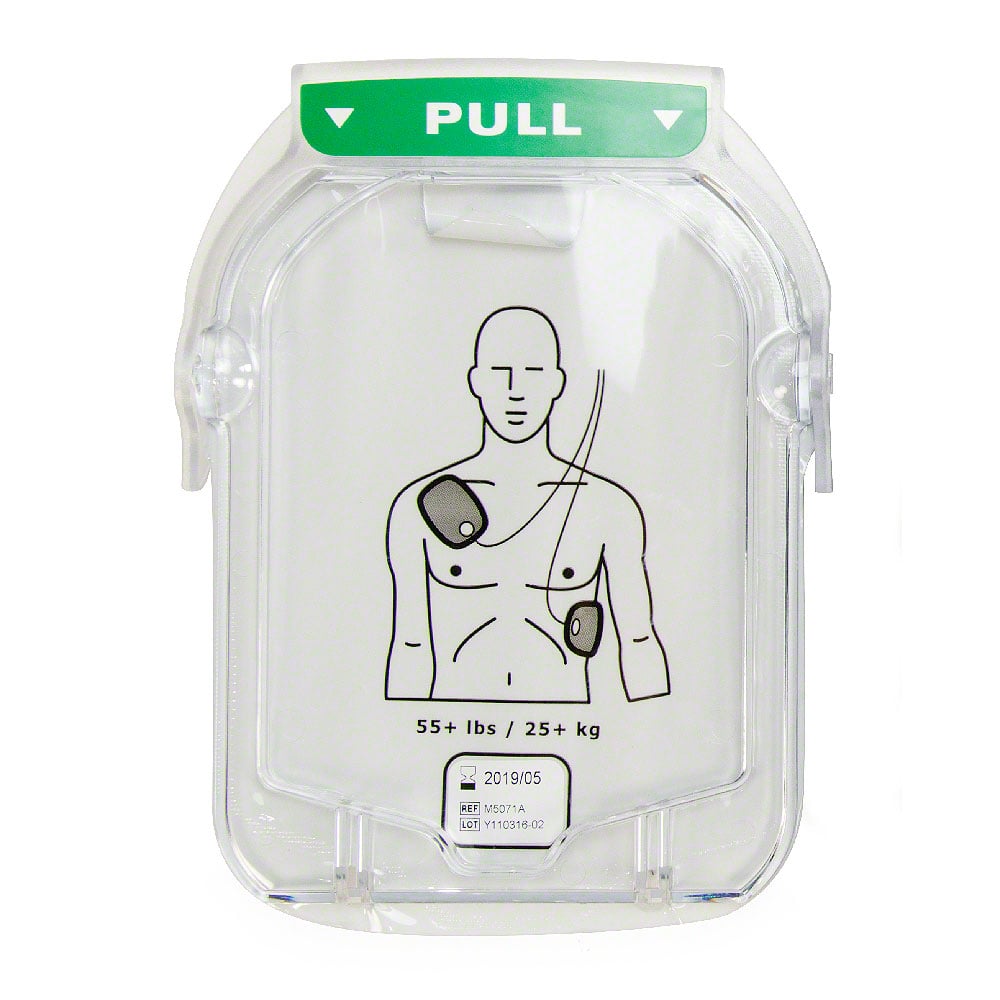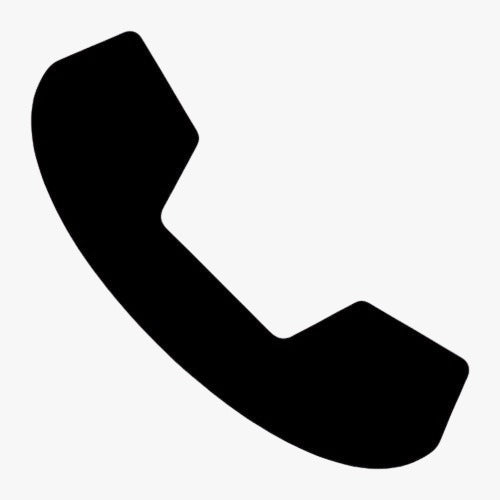You’ve made the crucial decision to place an Automated External Defibrillator (AED) in your school, office, or community center. But acquiring the device is only the first step. The hidden challenge lies in what comes next, for instance ensuring that AED is properly managed, compliant with local regulations, and ready to work at a moment’s notice. Many organizations find themselves facing a critical question, should we manage our AED program ourselves, or is it better to use a professional service?
This isn’t just a logistical question. It’s about confidence, liability, and readiness. The fear of an AED failing during an emergency due to an expired battery or a missed inspection is a serious concern. Choosing the right management path is essential for turning your investment into a reliable, life-saving asset. This guide will walk you through the options so you can make a confident and informed decision.
The AED maintenance checklist what rescue ready really means
Before comparing management styles, it’s important to understand what a truly "rescue ready" AED program involves. It’s more than just hanging a box on the wall. Proper maintenance is an ongoing commitment. While specific requirements can vary, a comprehensive program generally includes regular checks of these key components.
-
Visual inspection:
Is the AED unit free from damage? Is it stored in a visible and accessible location? -
Status indicator:
Most AEDs have a small light or symbol that indicates readiness. A green light or checkmark typically means the device has passed its self test and is ready. A red light or X signals a problem that needs immediate attention. -
Consumables check:
AEDs rely on two critical components with firm expiration dates: -
Electrode pads:
These single use pads must be replaced after any use or when they expire, typically every two to four years. -
Battery:
Batteries also have a limited lifespan and must be replaced according to the manufacturer's schedule. -
Accessory check:
Are rescue kit items like razors and scissors present? Is the cabinet alarm functional? -
Compliance documentation:
Are your inspection logs up to date? Have you registered your AED with your local emergency medical services (EMS) as required in many areas?
This checklist forms the foundation of any effective AED program. The real decision is who will be responsible for executing it consistently.
The big decision for busy organizations managing your AED program
For a small business owner, school administrator, or volunteer at a community center, time and resources are always in short supply. The core of your decision boils down to a classic dilemma: save money by doing it yourself or save time and reduce risk by getting expert help. Let’s explore the possibility of two main paths.
Option 1 the DIY approach (self management)
The do it yourself approach involves tasking someone within your organization to handle the entire maintenance checklist. On the surface, this seems like the most cost effective option.
Pros:
-
Lower upfront cost:
You avoid the subscription fees associated with professional management services. -
Direct control:
You have direct, hands on control over the device and its maintenance schedule.
Cons:
-
Significant time commitment:
Properly tracking expiration dates, performing monthly checks, and maintaining logs for multiple devices takes time away from core responsibilities. The research shows this is a major pain point for busy professionals who become the de facto safety coordinators. -
Risk of human error:
A missed check, an unrecorded battery replacement, or a forgotten compliance deadline can have serious consequences. When tasks are added to an already full plate, things can easily fall through the cracks. -
Complex compliance:
Keeping up with local and state regulations for AED registration and medical oversight can be confusing and time consuming. Failing to comply can create significant liability issues. -
Lack of expert oversight:
Without a background in AED management, you might not know what to do if the device fails a self test or how to properly handle post event data downloads.
The DIY approach puts the full weight of compliance and readiness squarely on your organization’s shoulders. While it seems cheaper, the hidden costs of staff time and the potential risk of a non-functional device can be immense.
Option 2 the peace of mind approach (professional program management)
Professional program management outsources the tracking, compliance, and oversight of your AED to experts. This is the model preferred by organizations that want to eliminate guesswork and ensure their program is always ready. Competitors often present this as a high level service, but true value lies in the details.
Pros:
-
Guaranteed compliance:
A good management service ensures your AED is registered with local EMS and that you have the required medical direction, shielding you from liability concerns. -
Automated tracking:
Forget manual spreadsheets, these programs automatically track battery and pad expiration dates and send reminders well in advance, so you are never caught by surprise. The Response Ready App is a perfect example of how technology simplifies this, allowing users to scan and record readiness checks in seconds. -
Expert support:
If your AED chirps or shows an error code, you have an expert to call. They can diagnose the issue and guide you through the solution, ensuring your device has minimal downtime. -
Reduced administrative burden:
This approach frees your team to focus on their primary duties, directly addressing the resource scarcity that most organizations face. It transforms AED management from a constant worry into a solved problem.
The primary goal of professional management is to provide confidence. It's the assurance that your life-saving device is backed by a system designed to keep it ready for anything.
Introducing the best of both worlds the aed total solution
Simply outsourcing management is a great step, but the most effective approach combines user friendly hardware with a seamlessly integrated management system from a single, trusted source. This eliminates the gaps that can exist when you buy a device from one company and get a management service from another.
This is the thinking behind packages like the AED Total Solution, often paired with intuitive devices. It’s not just a service, it’s a complete readiness system. When you acquire your AED through a provider like Response Ready, the management program is built around your specific device from day one.
This integrated approach means:
-
Your device is automatically enrolled in the management program.
-
Medical direction and EMS registration are handled as part of the setup.
-
The system knows your exact battery and pad expiration dates from the start.
This removes the friction and potential for error, delivering the ultimate peace of mind. It’s the most logical solution for any busy organization that values both safety and efficiency.
Comparison at a glance self managed vs total solution
|
Feature |
Self-management (DIY) |
AED total solution |
|
Readiness checks |
Manual tracking, relies on memory or spreadsheets |
Automated reminders, simple app-based logging |
|
Compliance |
Your responsibility to research and maintain |
Medical direction and EMS registration handled for you |
|
Time commitment |
High, requires dedicated staff time each month |
Minimal, a few minutes for guided monthly checks |
|
Expert support |
Limited, must research issues independently |
Direct access to AED experts for troubleshooting |
|
Peace of mind |
Low, constant worry about missed details or failure |
High, confidence that your program is always ready |
It's not just about compliance it's about confidence
Ultimately, the choice of how to manage your AED program comes down to your tolerance for risk and the value you place on your time. While the DIY approach may seem appealing initially, it introduces a significant administrative burden and the potential for life threatening mistakes.
For schools, small businesses, and community organizations, an integrated program management solution offers a clear path to both compliance and confidence. By letting experts handle the details, you can focus on your mission, secure in the knowledge that you are fully prepared to save a life. Exploring a comprehensive AED sales and accessories provider that also offers robust management ensures you have a partner for the entire life of your device.
Frequently asked questions
Q: Is professional AED program management expensive?
A: When you consider the cost of staff time, the risk of non-compliance fines, and the potential liability of a failed AED, professional management is often more affordable than it appears. Many programs, like those offered by Response Ready, are designed to be an accessible and cost effective add on to your AED purchase, providing immense value and peace of mind.
Q: What is medical oversight and why do I need it?
A: Medical oversight, or medical direction, involves a licensed physician who oversees your AED program. They provide a prescription for the device (as required by the FDA), review event data after a rescue, and ensure your program follows established medical protocols. Many states require it for liability protection, and it is a core feature of any reputable program management service like AED.
Q: Can't I just use a calendar to track expiration dates myself?
A: You can, but it’s a strategy that’s prone to human error. Staff turnover, missed calendar alerts, or simple forgetfulness can lead to expired supplies. An automated system eliminates this risk by providing persistent, proactive notifications and a clear, centralized record of your entire program’s status, which is vital for both readiness and liability protection.
Q: What happens if we use our AED?
A: A key benefit of professional program management is post event support. After a rescue, the service will guide you on how to download the event data for medical review, provide a loaner device if needed, and help you restock your electrode pads and other used accessories to get your AED back into service as quickly as possible.






